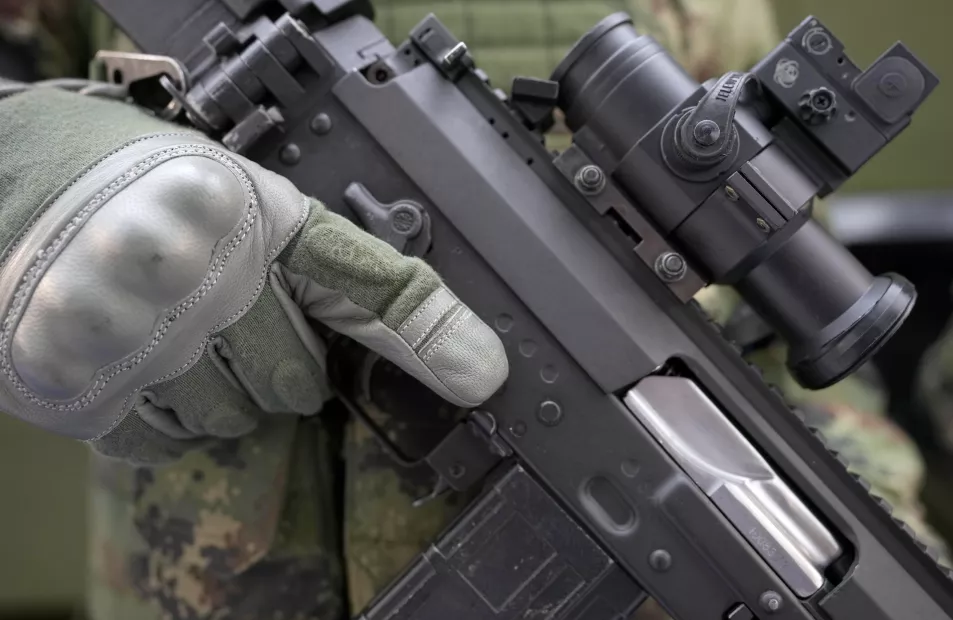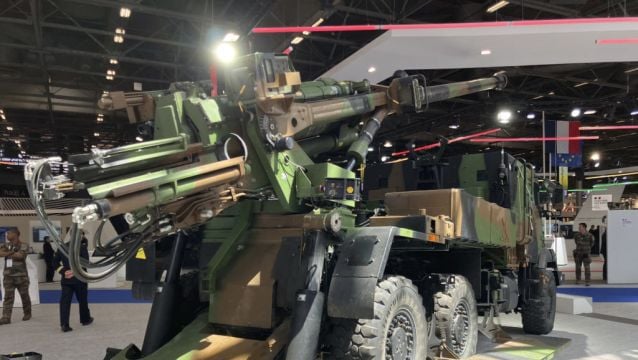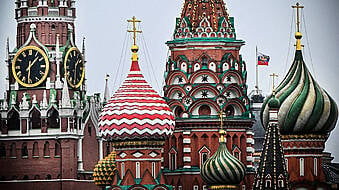Global arms sales rose by nearly 2% in 2021, the seventh consecutive year of increases, an international arms sales watchdog noted on Monday.
The Stockholm International Peace Research Institute (Sipri) added that the war in Ukraine has increased demand for weapons this year, but the conflict may also lead to a supply challenge, not least because Russia is a major supplier of raw materials used in arms production.
That could hamper efforts in the United States and Europe to strengthen their armed forces and replenish their stockpiles after sending billions of dollars’ worth of ammunition and other equipment to Ukraine, Sipri said.
The arms sales of the SIPRI Top 100 arms-producing and military services companies totalled $592 billion in 2021—an increase of 1.9 per cent in real terms compared with 2020. #ArmsIndustry
New SIPRI data on the Top 100 arms companies out now ➡️ https://t.co/G4f4y7GJmy pic.twitter.com/ZfgyxAKzc7— SIPRI (@SIPRIorg) December 5, 2022
Advertisement
“Increasing output takes time,” said senior researcher Diego Lopes da Silva, adding that if the supply chain disruptions continue “it may take several years for some of the main arms producers to meet the new demand created by the Ukraine war”.
Sipri noted that some reports indicate Russian companies are increasing production because of the war but have had difficulty accessing semiconductors and are also being affected by war-related sanctions.
It cited the example of a company which said it has not been able to receive payments for some of its arms export deliveries.
Arms sales in 2021 were up 1.9% to 592 billion US dollars (£481.3 billion), which was higher than the previous period but still below the average for the four years leading up to the Covid-19 pandemic.

In its report, published on Monday, Sipri said “many parts of the arms industry were still affected by pandemic-related disruptions in global supply chains in 2021, which included delays in global shipping and shortages of vital components”.
Dr Lucie Beraud-Sudreau, head of the Sipri military expenditure and arms production programme, said: “We might have expected even greater growth in arms sales in 2021 without persistent supply chain issues.”
She singled out companies, such as Airbus and General Dynamics, which also reported labour shortages.
The institute compiled a list of the world’s 100 largest arms-producing and military services companies.
What is the share of arms sales of the SIPRI Top 100 for 2021 by country?
USA🇺🇸 51%
China🇨🇳 18%
UK🇬🇧 6.8%
France🇫🇷 4.9%
Trans-European🇪🇺 3.2%
Russia🇷🇺 3.0%
Italy🇮🇹 2.8%
Israel🇮🇱 2.0%
Germany🇩🇪 1.6%
Japan🇯🇵 1.5%
South Korea🇰🇷 1.2%
Other 4.0%
➡️ https://t.co/G4f4y7p8v0 pic.twitter.com/VOl0NinxRA— SIPRI (@SIPRIorg) December 5, 2022
Although US companies dominate arms sales – 40 US firms appeared on that list with sales totalling 299 billion dollars (£243.1 billion) in 2021 – the North America region was the only one to see a 0.9% drop in arms sales compared with 2020.
For 2021, 27 of the top 100 arms suppliers were headquartered in Europe and the region saw combined arms sales increase by 4.2% compared with 2020, totalling 123 billion dollars (£100 billion).
France and Italy recorded a 15% increase in sales among the 100 biggest arms companies, the biggest overall rise.
The combined arms sales of the 21 companies in Asia and Oceania that are included reached 136 billion dollars (£110.6 billion) in 2021 – a 5.8% increase.
As for Russia, six companies were included with total sales of 17.8 billion dollars (£14.5 billion) – a 0.4% increase from 2020.
Sipri noted that, ahead of the Russian invasion of Ukraine, there were signs that stagnation was widespread across the Russian arms industry.







